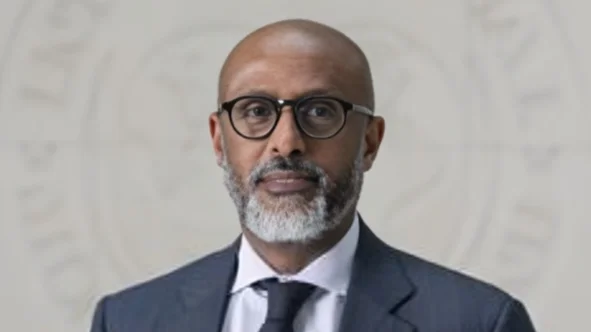Sub-Saharan Africa’s economic growth is expected to remain steady at 4.1 percent in 2025, according to the International Monetary Fund’s (IMF) October Regional Economic Outlook for the region. A modest increase is anticipated for 2026. The IMF notes that this outlook reflects ongoing progress in macroeconomic stabilization and reform efforts across key economies.
Several countries—Benin, Côte d’Ivoire, Ethiopia, Rwanda, and Uganda—are highlighted as among the world’s fastest-growing. However, the IMF reports that resource-intensive and conflict-affected countries continue to face significant challenges, with only modest gains in income per capita.
The IMF’s assessment comes amid ongoing global economic headwinds. “Six months ago, our assessment highlighted the region’s strong policy efforts and that growth had exceeded expectations in 2024. But we also noted a sudden realignment of global priorities and increasingly turbulent external conditions—marked by weaker demand, softer commodity prices, and tighter financial markets,” the IMF stated.
The external environment remains difficult for the region. Global growth is slowing and commodity prices are diverging. Oil prices are declining, while prices for cocoa, coffee, copper, and gold remain elevated. Some countries, including Kenya and Angola, have recently been able to access international capital markets as external financing terms have improved.
The IMF also notes a deterioration in the global trade policy and aid landscape. “Tariffs on exports to the United States have increased, and preferential access under the African Growth and Opportunity Act has expired. While the direct exposure is relatively modest for most countries in the region, broader trade policy uncertainty is weighing on growth,” the statement said.
A sharp decline in foreign aid is projected to leave several lower-income and fragile economies exposed. Governments affected by this trend have attempted to reallocate budgetary resources but face constraints due to limited fiscal space.
Despite these challenges, the IMF recognizes the region’s resilience but warns that pressure points remain. The October 2025 Regional Economic Outlook highlights two main policy priorities: domestic revenue mobilization and debt management.
On revenue mobilization, the IMF recommends comprehensive tax policy reforms and improvements in tax administration, including digitalization, streamlining of inefficient tax expenditures, and stronger enforcement through targeted compliance strategies. The IMF stresses that these efforts must extend beyond technical changes to include building public trust in tax institutions, strengthening institutional capacity, and conducting impact assessments to ensure reforms are effective and equitable.
On debt management, the IMF advises enhancing debt transparency and strengthening public financial management to reduce borrowing costs and encourage innovative financing. Key steps include publishing comprehensive debt data and reinforcing budget oversight.
“These priorities are critical for building resilience and supporting inclusive, sustainable growth across sub-Saharan Africa,” the IMF said.
Since 2020, the IMF has disbursed nearly $69 billion to the region, including about $4 billion so far this year. The IMF’s capacity development efforts continue to focus on sub-Saharan Africa, which remains the largest recipient of such support.
“I am now happy to answer your questions,” the IMF concluded.

